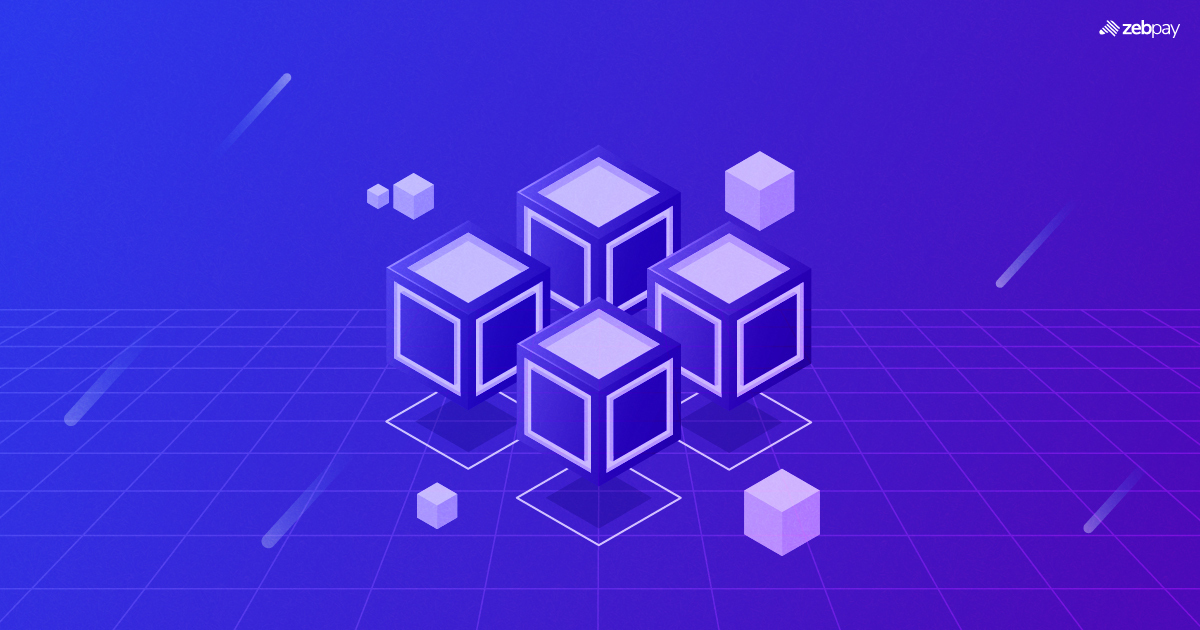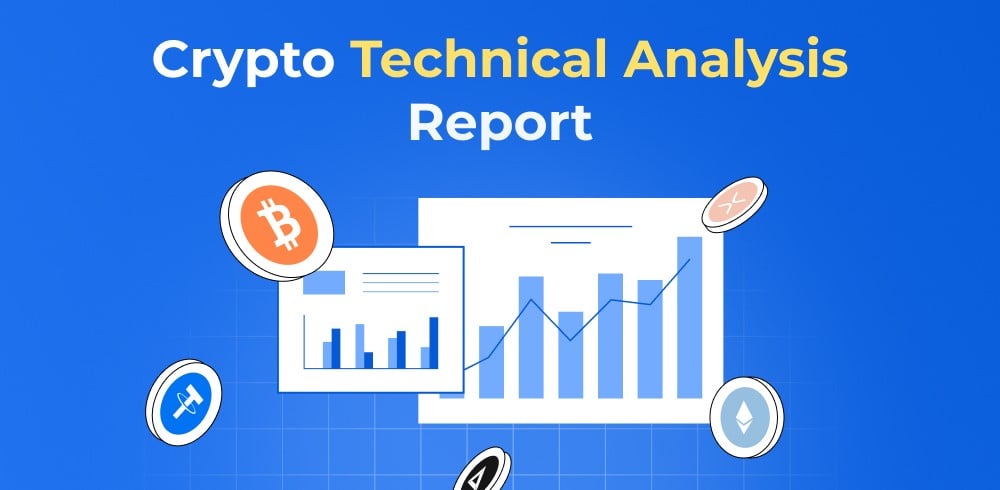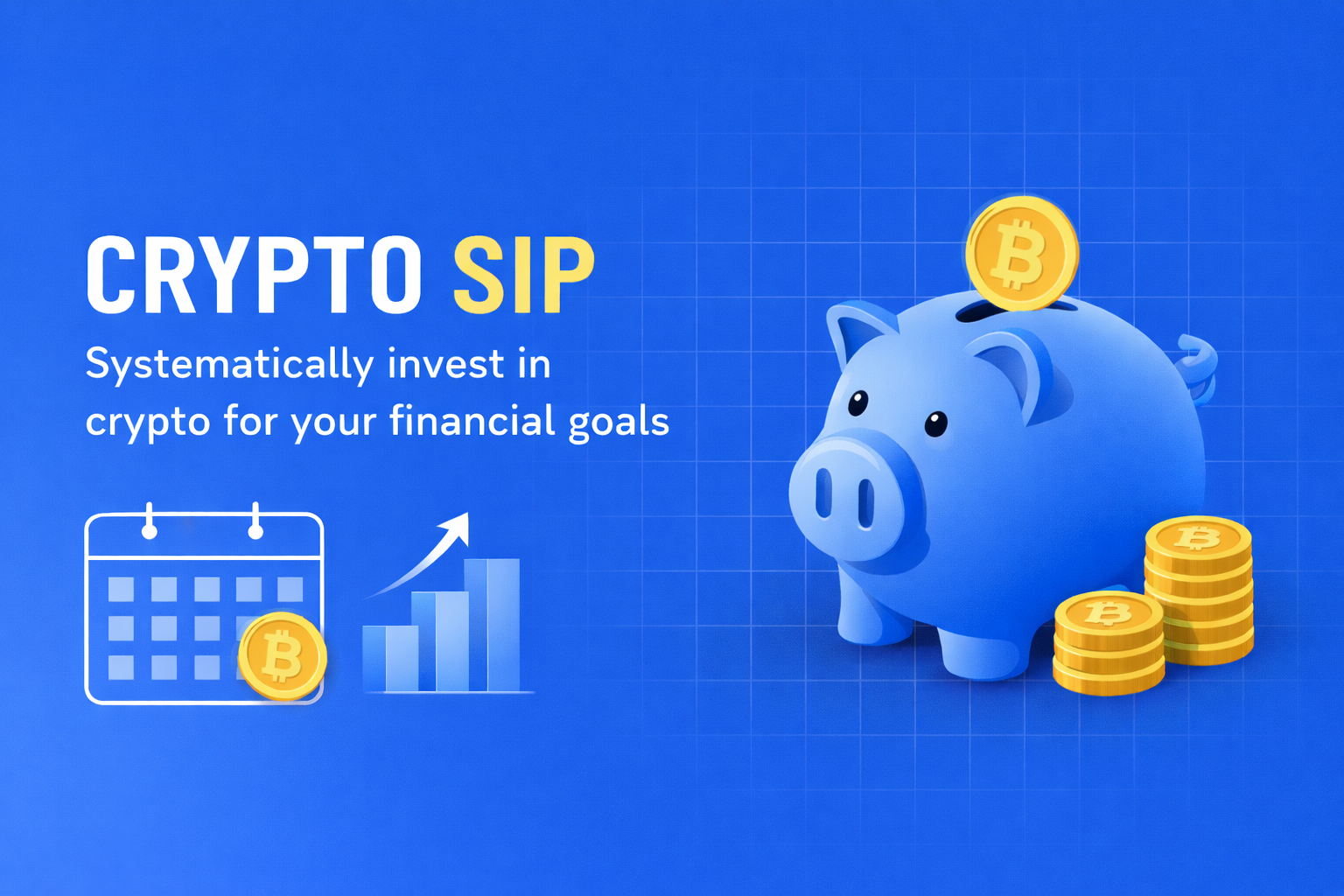Block size refers to the amount of data that can be stored or transmitted in a single block within a computer system or storage environment. In traditional file systems, it represents the smallest unit of data storage and retrieval. Smaller block sizes help improve storage efficiency by reducing unused space and minimizing data wastage. Larger block sizes, on the other hand, can improve data transfer speed but may lead to inefficiencies when handling many small files due to increased overhead.
In blockchain technology, block size plays a far more strategic role. Each block in a blockchain contains a batch of confirmed transactions, and the block size directly determines how many transactions can be processed at once. This makes block size a critical factor in shaping a blockchain network’s speed, efficiency, and overall performance.
A larger blockchain block size allows more transactions to be included in each block, which can significantly boost transaction throughput and reduce network congestion. However, it also increases hardware and bandwidth requirements for nodes, leading to longer validation times and potentially limiting participation to users with stronger technical resources. This can impact decentralization.
On the other hand, a smaller block size supports greater decentralization by lowering the barriers to entry for nodes. With reduced storage and processing demands, more users can participate in maintaining the network. However, smaller blocks may lead to slower transaction processing and higher fees during periods of heavy network activity. Because of these trade-offs, block size remains one of the most debated elements in blockchain design, as developers aim to balance security, decentralization, and scalability.
Scalability in blockchain is especially critical since blockchain operates as a public, decentralized ledger. A scalable blockchain network can smoothly handle growing workloads as user adoption and transaction volumes increase. Without proper scalability, networks face congestion, delayed confirmations, and rising transaction fees—issues that limit real-world use cases such as digital payments, supply chain management, and enterprise applications.
Ultimately, block size is a foundational parameter that directly impacts blockchain scalability, network performance, and user experience. Striking the right balance ensures that blockchain systems remain efficient, secure, and capable of supporting a rapidly expanding global user base.
To tackle scalability challenges, layer-2 (L2) solutions serve as integral tools. Operating atop existing blockchains, these solutions mitigate congestion and bolster transaction speed. By offloading some operations from the main blockchain, L2 solutions like state channels and side chains alleviate strain on the primary chain, enabling faster and more cost-effective transactions. For widely utilized platforms like Ethereum, grappling with congestion and high gas prices, L2 solutions are especially indispensable. They enhance scalability, fostering greater functionality and broader adoption of blockchain technology across various decentralized applications (DApps), thereby ensuring a seamless and efficient user experience.
Bitcoin’s original 1MB block size limit created bottlenecks during periods of high network activity, restricting the number of transactions that could be included in each block. This often resulted in slower confirmations and higher fees. To address these limitations, Bitcoin Cash (BCH)—a hard fork of Bitcoin—raised its block size to 8MB, allowing the network to process more transactions per block and improving overall scalability.
However, increasing block size is not a perfect solution. Larger blocks demand more bandwidth, storage, and processing power, making it harder for everyday users to run a full node. This can lead to centralization, as only participants with advanced hardware can keep up with the blockchain’s growing data requirements. Because of these trade-offs, finding the right block size balance is essential. Bigger blocks enhance transaction throughput, but they also risk reducing decentralization—one of blockchain’s core principles.
Sharding, a notable solution introduced by the Ethereum blockchain, involves partitioning the network into smaller, manageable data sets called shards. Each shard operates autonomously, managing its smart contracts and transactions. Unlike a linear scaling model, sharding decentralizes transaction processing among shards, eliminating the reliance on individual node performance and offering a more distributed and efficient architecture. In the sharding model, the traditional block size is less pivotal in determining scalability. Instead, scalability is achieved through the combined throughput of multiple parallel shards. Each shard contributes to the network’s overall transaction processing capacity, allowing concurrent execution and enhancing the blockchain’s overall scalability.
Implementing adaptive block size algorithms that dynamically adjust based on network conditions is a technical solution to enhance resource utilization. These algorithms can automatically increase block sizes during periods of high demand and decrease them during low-activity times to ensure effective resource use.
Additionally, ongoing research and development should explore innovations like layer-2 scaling solutions, such as state channels for Ethereum or the Lightning Network for Bitcoin. These off-chain methods address scalability concerns without compromising decentralization, allowing a large number of transactions without overwhelming the primary blockchain with unnecessary data.
Read more: What Are Blockchain Layers
Community involvement is crucial for effective solutions. Decentralized governance models empower users to collectively decide on protocol updates, including modifications to block sizes. Facilitating open conversations, forums, and collaborative processes involving stakeholders guarantees that decisions mirror the varied interests present within the blockchain community.
Data-driven analysis and continuous monitoring play essential roles. Blockchain networks can make necessary adjustments to block size parameters based on user feedback and real-time performance indicators. This iterative process enables quick adaptations that consider changing demands and technological advancements.
In the grand scheme of things, ZebPay blogs are here to provide you with crypto wisdom. Get started today and join 6 million+ registered users to explore endless features on ZebPay!
FAQs about the Role of Block Size in Crypto
Why is block size important for blockchain performance?
Block size determines how many transactions can be included in a single block. A larger block size allows more transactions to be processed at once, improving throughput and reducing congestion, while a smaller block size can lead to slower confirmation times during peak demand.
How does block size affect scalability in blockchain networks?
Block size directly impacts scalability by controlling transaction capacity. Larger blocks improve scalability by handling higher transaction volumes, while smaller blocks can limit growth and cause network bottlenecks as user activity increases.
What are the advantages of a larger block size in crypto?
A larger block size enables faster transaction processing, reduces backlogs during high network usage, lowers transaction fees, and improves overall transaction throughput.
What are the disadvantages of having a larger block size?
Larger block sizes require more storage, bandwidth, and computing power. This can make it difficult for smaller participants to run nodes, potentially leading to centralization and longer block validation times.
How does a smaller block size promote decentralization?
Smaller block sizes reduce the hardware and bandwidth requirements needed to run a node. This makes it easier for more users across the world to participate in the network, helping maintain decentralization.
What scalability issues arise from fixed block sizes?
Fixed block sizes can create transaction backlogs during periods of high activity. This results in slower confirmations, higher transaction fees, and network congestion, limiting a blockchain’s ability to scale with growing demand.
How did Bitcoin’s 1MB block size impact transaction speeds?
Bitcoin’s 1MB block size restricted the number of transactions that could be included per block. During high demand, this caused congestion, slower transaction confirmations, and increased transaction fees.
Why did Bitcoin Cash increase its block size to 8MB?
Bitcoin Cash increased its block size to 8MB to improve scalability and allow more transactions to be processed per block. This helped reduce congestion and lower fees, though it also increased resource requirements for running nodes.






